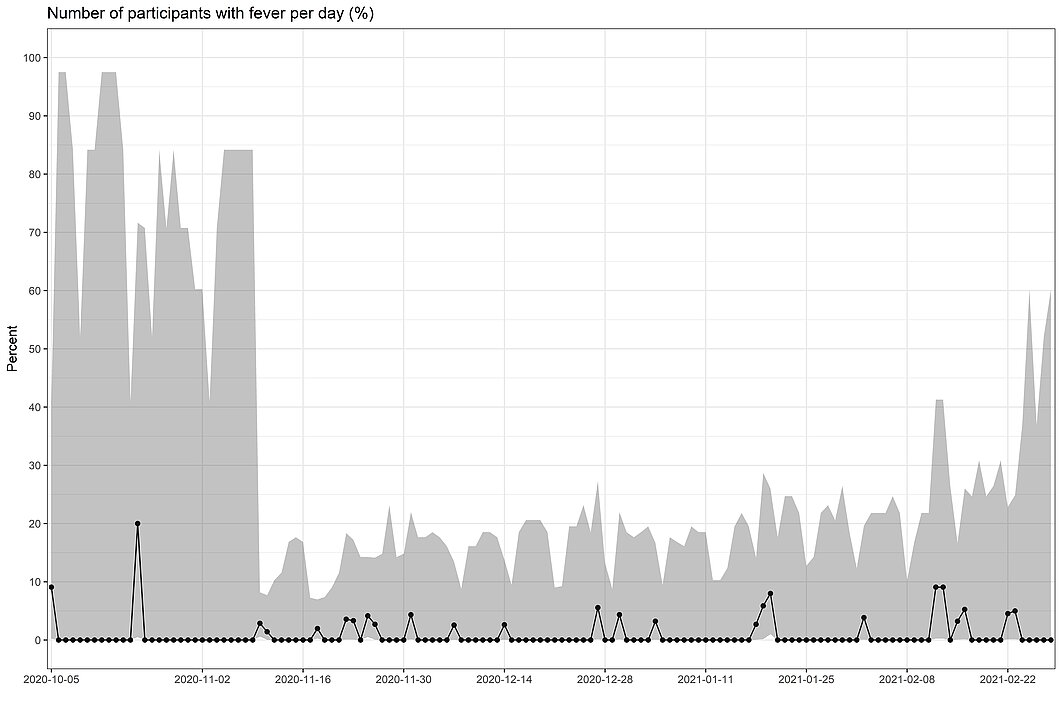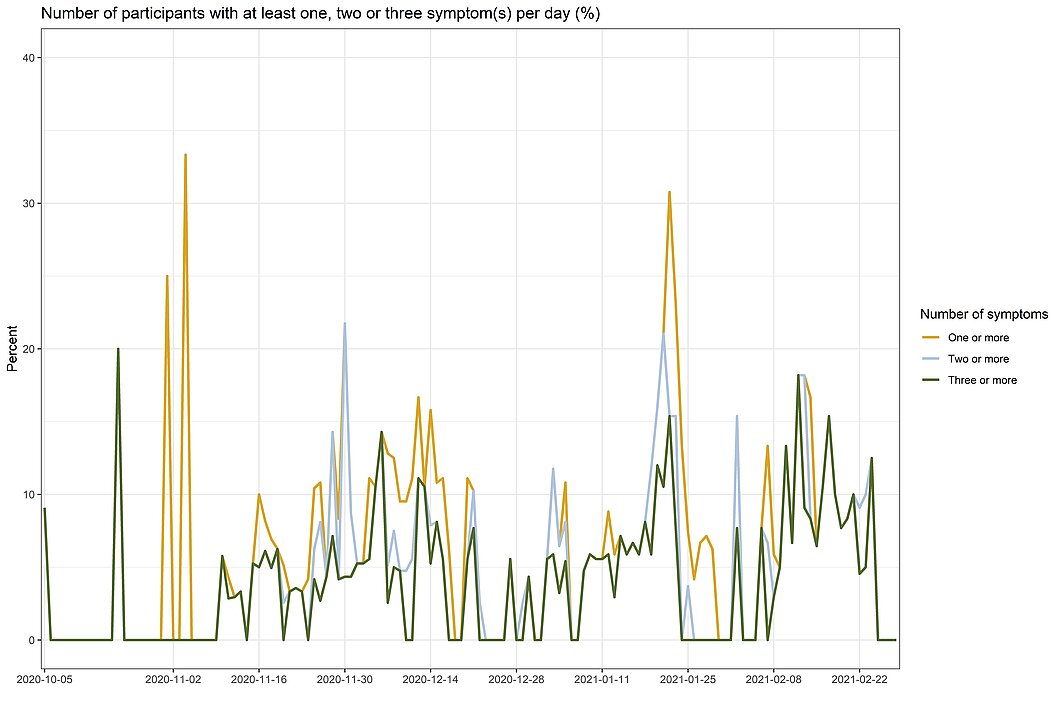Contact: Dr. Eva Kantelhardt,Sarah Negash
Duration: since September 2020
Funding: DAAD
Summary:
CovidSurv is a tool to collect real-time data on the presence of respiratory infection-related symptoms in the local population and allows describing symptom evolution among those who report symptoms. We aim to describe the daily occurrence of symptoms reported through CovidSurv. This prospective web-based symptom diary is available to health professionals in Ethiopia since September 1, 2020.
The current COVID-19 pandemic poses a great threat to individual health, as well as to healthcare and the economy. Previous research demonstrated that syndromic surveillance can help to assess activity of respiratory infections in the general population. Along with explicit testing of symptomatic patients, syndromic surveillance can provide insights into local dynamics of epidemics and, thus, support decision making if control measures have to be changed. Through CovidSurv, we gain an insight in the course of infections, which come along with only few or mild symptoms, because of which affected persons do not seek medical advice. Here it is important to learn how symptoms develop from day to day and how long they occur. The establishment of the first online syndromic surveillance in Ethiopia improves the understanding of the COVID-19 pandemic and will contribute to mitigate its consequences for the health system.

This ongoing project is a collaboration between the Martin Luther University Halle-Wittenberg (MLU) and Addis Ababa University (AAU), School of Public Health.
Study results:
Dear participants,
In the course of the study 459 participants (status 28.02.2021) have made at least one entry of which 31 (6.8%) over the full period of 14 days or longer. So far, 30 (6.5%) participants reported to have had fever at some point (measured or unmeasured).
In the following, you can see the proportion of participants with a fever per day (status 28.02.2021) and the associated 95% confidence interval (a person can report a fever over several days):
Furthermore, we would like to present the proportion of participants with influenza-like illness (ILI) symptoms (state 28.02.21), i.e. influenza-like symptoms. This was defined as either a sore throat and/ or dry cough and/ or runny or stuffy nose and/ or fever for at least three consecutive days, under which a runny or stuffy nose though alone is not enough.
We also analyzed the proportion of participants with at least one, two or three symptoms per day.
In further evaluations, we would like to describe the different symptom patterns in more detail.
We thank everyone who participated and hope for your continued support!




